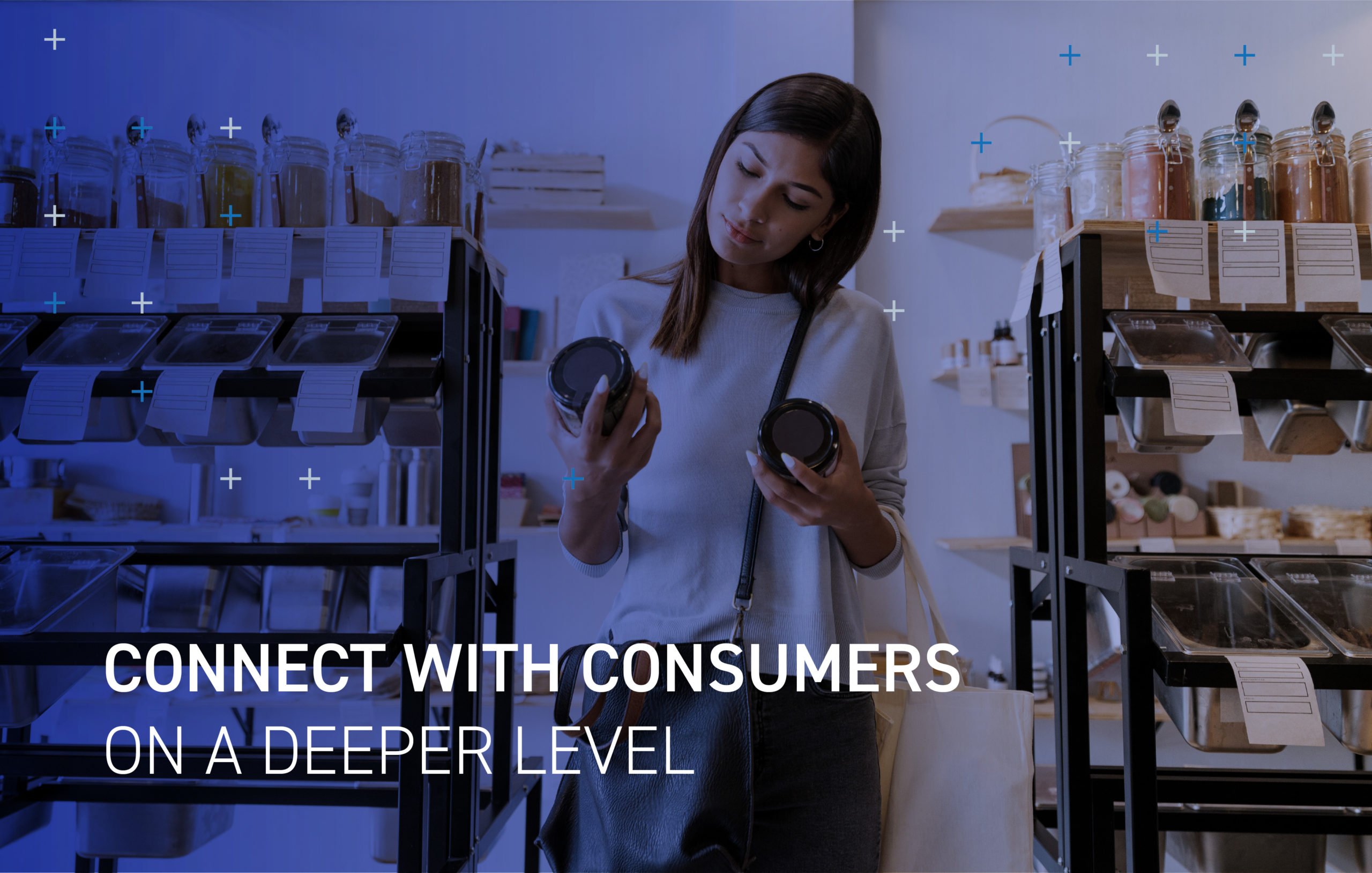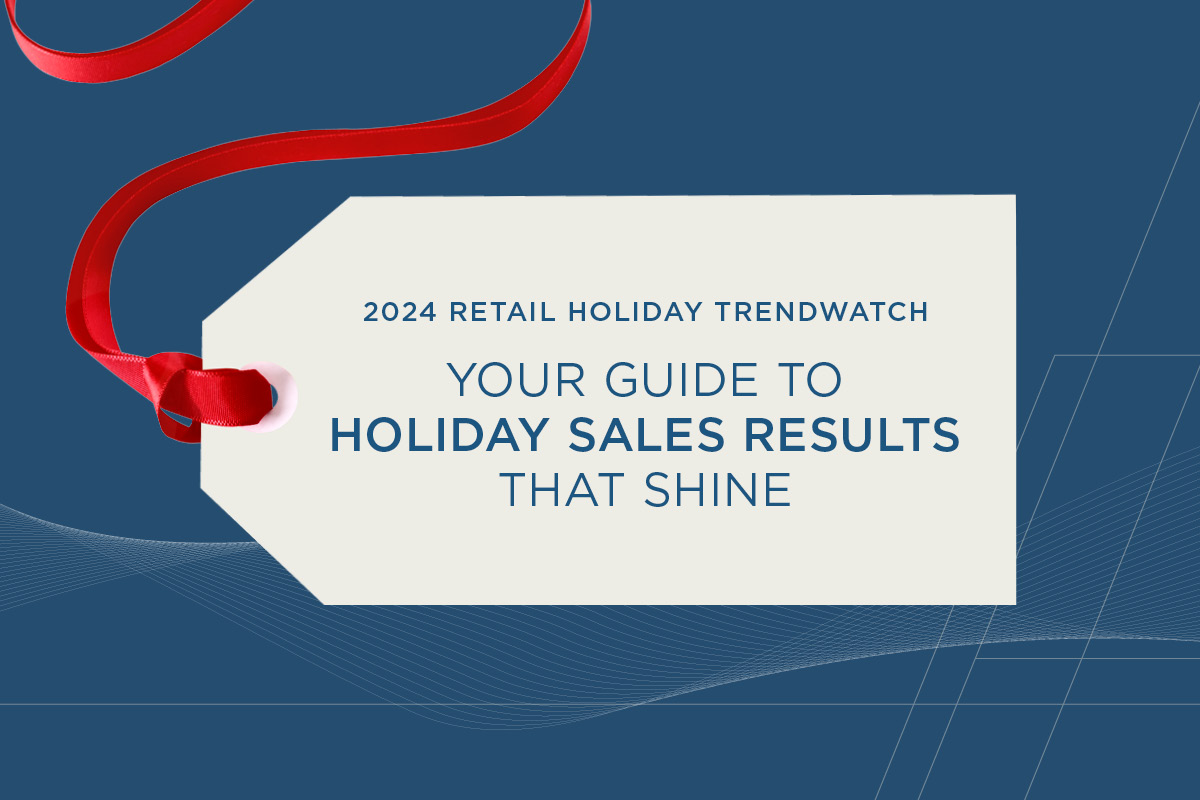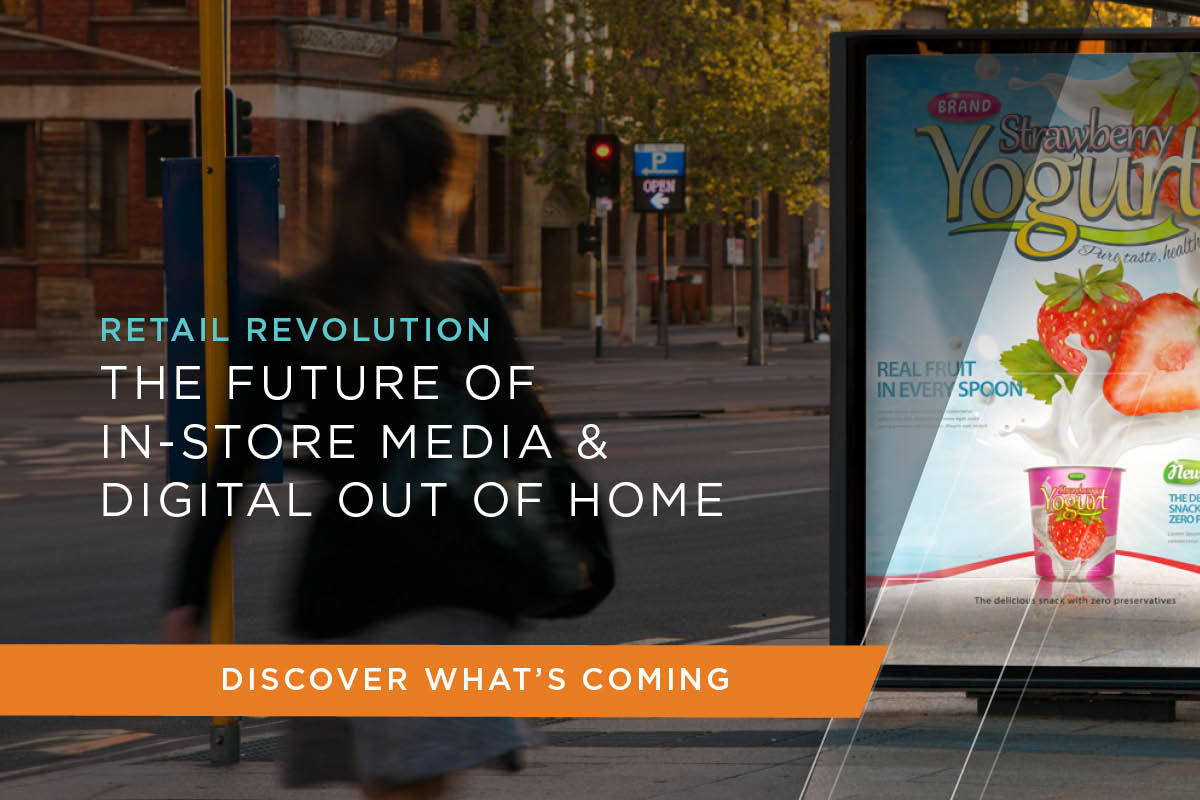Summary
- People are generally becoming much more optimistic about their health.
- However, ongoing financial concerns, including recent inflationary pressures, have many consumers looking to maximize their budgets.
- Marketers can connect with them on a deeper level by responding empathetically with economic-friendly messaging that is sensitive their needs.
Now that pandemic-related fears are beginning to wane and lockdowns are beginning to lift, consumers are generally becoming much more optimistic about their health. Yet their wealth remains an altogether different matter. Ongoing financial concerns, including recent inflationary pressures, have many consumers looking for ways to save money.
As challenging as this moment may be for consumers, it is creating an exceptional opportunity for marketers. Specifically, the circumstances have given marketers a chance to connect with consumers on a deeper level by responding empathetically with coupons, deals, and other economic-friendly messaging that are sensitive to the consumer’s desire to save money.
But brands and retailers who ignore the signals do so at their own peril.
Consumers Are Feeling Financially Challenged
Our 2021 Consumer Optimism Outlook found that while most consumers were generally optimistic about their health, nearly half said their income was negatively impacted by COVID in 2020. Among those consumers, 70% expect their incomes to remain negatively impacted in 2021.1 What’s more, they have good reason for feeling this way.
Consumers are continuing to feel the economic aftereffects of COVID as they ripple throughout the supply chain. For example, spurred by rising commodity costs and low inventory levels, manufacturers of consumer packaged goods (CPGs) are raising prices on everything from groceries to household cleaners to baby care items.2
With financial concerns top-of-mind, consumers have made it clear that they are looking for ways to save money. More than 70% said they increased their saving behaviors during COVID, with 82% planning to continue those behaviors.1 In fact, from 2020 to 2021, there was a 5% increase in the number of consumers looking for ways to save money.2
Challenging Times Are Creating Opportunities for Empathetic Marketers
By leveraging discount promotions such as coupons and cash-back incentives, marketers have a real opportunity to demonstrate their empathy and support for cash-strapped shoppers. And, in doing so, they may be able to create a deeper connection with their consumers.
This is supported by the research from our soon-to-be-published 2021 Consumer Intel Report, which found that 71% of respondents ranked “saving the most money by using coupons and discounts” as the second most important thing when going grocery shopping. Additionally, 74% say they can be swayed by advertised promotion and sales.3
We already know that when marketers reward cash-strapped individuals with deals, many will reward them with increased loyalty or increased purchases. In fact, coupon users, on average, spend 46% more at checkout than those who don’t use coupons.4 And, when restaurants offer coupons or discounts, some consumers will reinvest those savings (i.e., into more food and beverage purchases),5 which ultimately produces a win-win for everyone involved.
Ignoring the Consumer’s Need for Deals Could Cause Problems for Many Brands and Retailers
In the absence of an empathetic response that respects the consumer’s expressed need for deals, marketers run the risk of seeing their customers defect to cheaper competitors. This is especially true for national brands and supermarkets.
Forbes reports, “59% of the respondents say they have switched to less expensive options. 69% of the respondents say that brand names are not important in times like these.”6 Similarly, our 2021 Consumer Intel Study found that 82% of consumers say the most important thing when shopping for grocery products is to save the most money by going to a store with the lowest prices.
Even before the pandemic struck, value-minded shoppers were already beginning to defect from national brands and supermarkets toward cheaper private label brands and discount formats:
- Sales growth for private label was outpacing national brands, thereby eroding market share for national brands. In fact, over a five-year period spanning from 2013–2018, private label increased its market share by nearly five share points from 18.5% to 23.2%.7
- Discount retail formats like Dollar General and Aldi were continuing to grow at a faster pace than supermarkets,8 eating into the share of traditional grocery retailers. In fact, in 2018, while sales of food and consumables increased by 1.9% for nontraditional grocery retailers, “the traditional grocery retail channel — supermarkets, fresh formats, super warehouses, and small grocery stores — saw sales decline 1.1%.”9
In the absence of promotions that satisfy people’s desire for a good deal, the current financial strain could accelerate the movement toward private label products and discount formats. That may be good news for these cheaper competitors, but it’s not good news for national brands and supermarkets.
Being an Empathetic Marketer
Clearly, most marketers are going to do better by responding empathetically to today’s cash-strapped consumers. But empathy begins with understanding. To learn more about how consumers are coping with the unique circumstances of this post-pandemic world, check out our 2021 Consumer Optimism Outlook.
Sources:
1 2021 Optimism Outlook, Vericast
2 Lucas, Ameila. “Attention shoppers: Price hikes are ahead, but consumer companies hope you won’t notice,” CNBC.com April 24, 2021.
3 2021 Vericast Consumer Intel Study
4 Chapkanovska, Evangelina. “Coupon Statistics: Is Couponing Growing or Slowing?” Spendmenot.com. Last updated: May 20, 2021.
5 Technomic. “Defining the New Value Equation,” 2021.
6 Loeb, Walter. “83% Of Americans Are Belt Tightening Due to Inflation Pressures,” Forbes. May 24, 2021.
7 Howland, Daphne. “Private labels outpacing national brands,” Retail Dive. April 23, 2019.
8 Weissman, Cale Guthrie. “Why discount stores are one of the fastest growing retail sectors,” Modern Retail. October 21, 2019.
9 Redman, Russell. “Traditional supermarkets lose share as playing field shifts,” Supermarket News. September 11, 2019.



